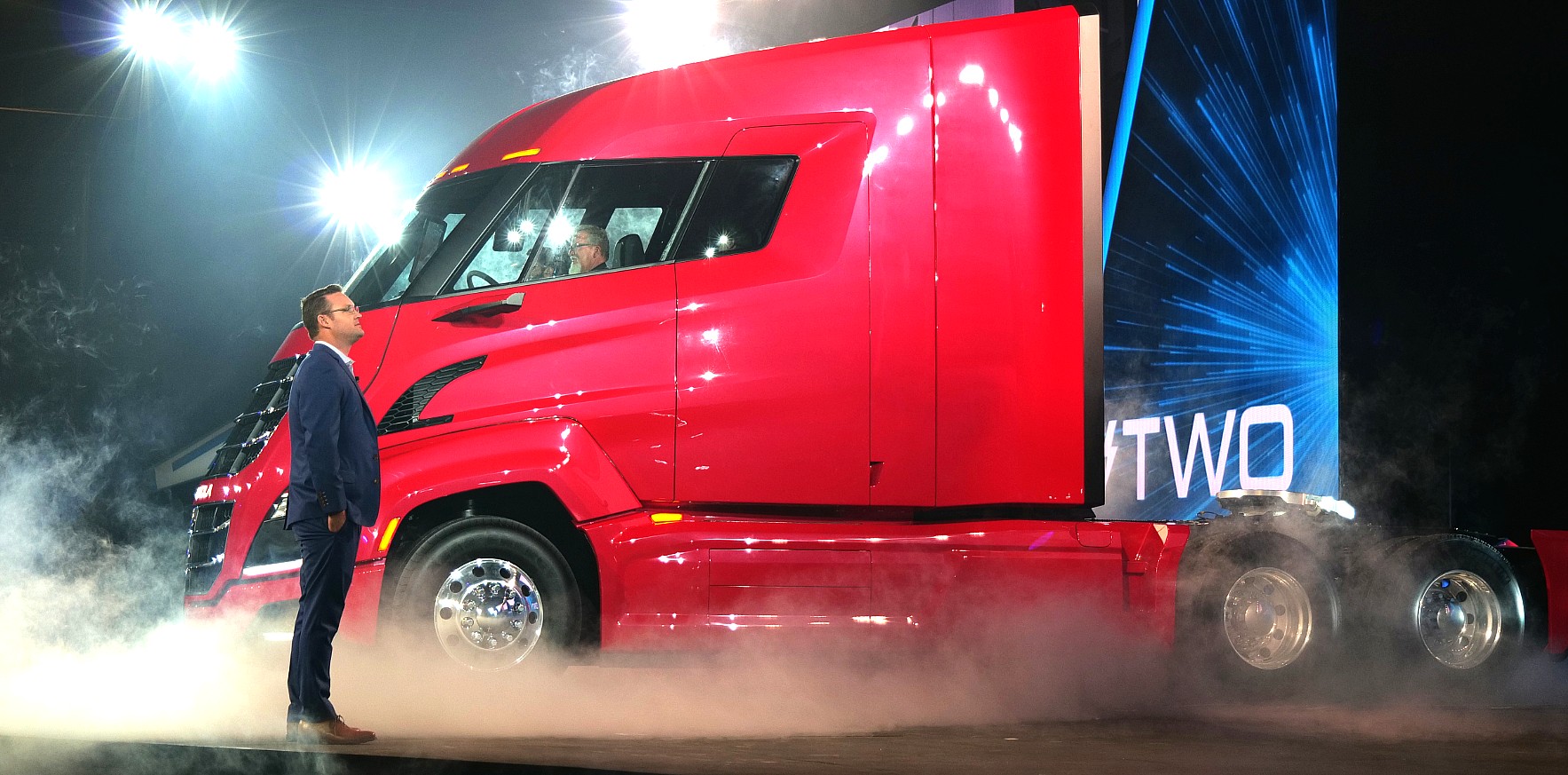
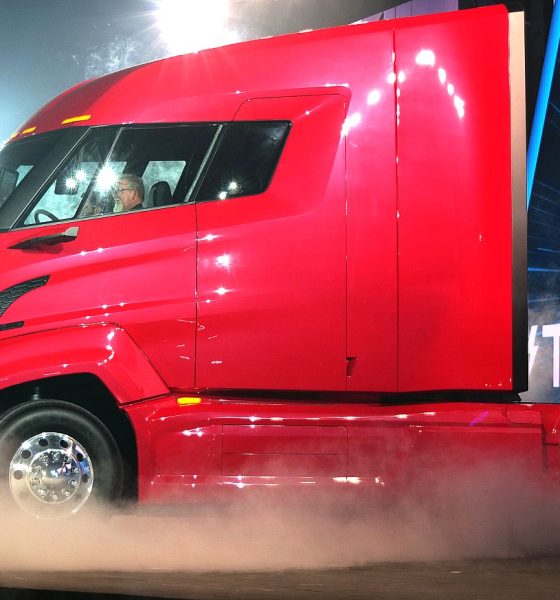
News
Trevor Milton’s indictment should set precedent for other CEOs
This is a preview from our weekly newsletter. Each week I go ‘Beyond the News’ and handcraft a special edition that includes my thoughts on the biggest stories, why it matters, and how it could impact the future.
Earlier this week, former Nikola CEO Trevor Milton was indicted on two counts of securities fraud and one count of wire fraud, after misleading investors about the financial condition and basically every facet of Nikola’s operation. The indictments come after months of silence from Milton, who has basically disappeared into thin air following his resigning as Nikola’s CEO. The announcement of Milton’s charges, which were carried out by the U.S. Attorney Southern District of New York’s office, will set precedent for CEOs moving forward, especially for those who have announced major breakthroughs in electric vehicle technology without releasing any relevant products.
For the last 13 years, Tesla has combated companies and automakers that have set forth a path to dethrone the electric car entity from its post as the best EV maker in the world. However, Tesla has never been even remotely challenged by an all-electric car company that has been established in recent memory. Most likely, this is due to Tesla’s domination of the electric vehicle sector in nearly every category, including battery tech, software, vehicle design, and autonomy.
Nikola founder Trevor Milton indicted on three counts of fraud
This has not stopped CEOs of other automakers from making outlandish claims with their vehicles, and Milton was just one of many. Since the 2018 lawsuit that Nikola filed against Tesla for allegedly taking design ideas from the Nikola One and implementing them into the Tesla Semi, it seems Milton has been the only CEO to actually convince some people that their product is meaningful and groundbreaking, despite not having much of a product at all. Considering Nikola admittedly misled shareholders about the capabilities of its all-electric commercial vehicle, there should be a hint to the CEOs of the companies that do and will exist in the future: don’t lie about your product, and don’t incite shareholders to believe something that is true.
This point should be common sense and should be evidently clear, but it is something that should set other CEOs of emerging automakers to tread carefully with their words and claims. Taking advantage of a highly marketable and quickly growing EV sector requires a strategic entrance into the market. Lying about the capabilities of what your vehicles might be able to do in the future, simply is not a great move. Over time, things may be established and successful with the dedication and hard work of teams of engineers and others. But until that day, it may be best to stop claiming things about the product, and simply release some kind of evidence that the company is not “an intricate fraud,” as Hindenburg Research called it.
When companies can effectively manufacture a product worth value and prove to people, especially shareholders, that they are for real about entering the sector, there is a significant amount of respect that heads toward the entity that came through. Skepticism is a commonly displayed trait, especially in the electric vehicle sector, because so many companies have come and gone, setting up their own expectations that are quite lofty, only to come short. This inevitably leaves many EV enthusiasts, especially Tesla owners and fans, feeling let down for what could eventually come.
Without a doubt, there will be some people that will inevitably take advantage of excited investors who are passionate about the possibility of sustainable energy and transportation. Based on the allegations set forth by the U.S. Department of Justice against Milton, he is one of those individuals and this statement could be proven in a federal courtroom in the coming months. “The one thing fraudsters have in common – they’re liars, cheaters, and thieves,” Inspector-in-Charge Phillip R. Bartlett said. He added that if an investment opportunity seems too good to be true, it probably is.
A big thanks to our long-time supporters and new subscribers! Thank you.
I use this newsletter to share my thoughts on what is going on in the Tesla world. If you want to talk to me directly, you can email me or reach me on Twitter. I don’t bite, be sure to reach out!
-Joey
On behalf of the entire Teslarati team, we’re working hard behind the scenes on bringing you more personalized members benefits, and can’t thank you enough for your continued support!

News
Tesla is not sparing any expense in ensuring the Cybercab is safe
Images shared by the longtime watcher showed 16 Cybercab prototypes parked near Giga Texas’ dedicated crash test facility.
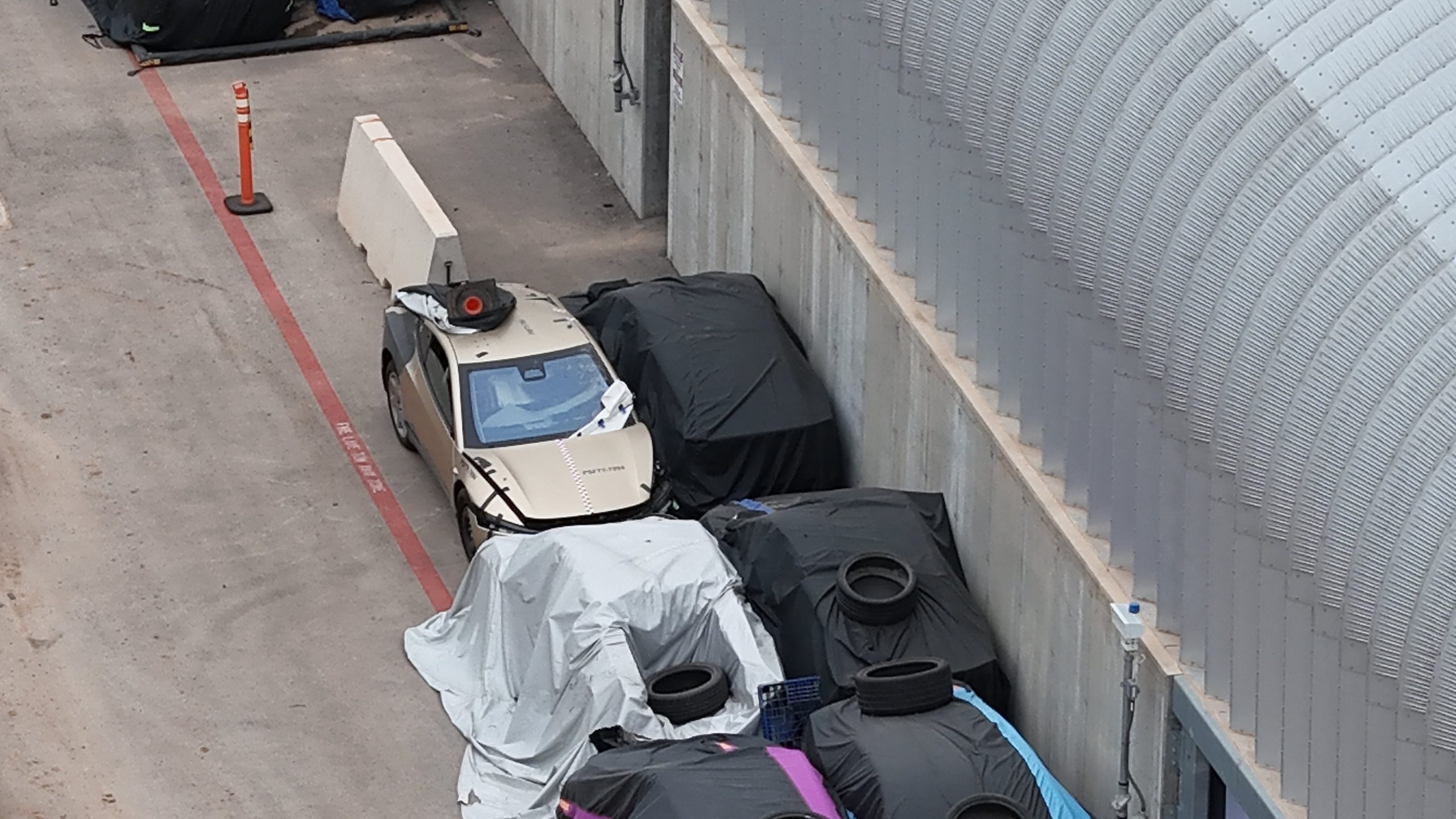
The Tesla Cybercab could very well be the safest taxi on the road when it is released and deployed for public use. This was, at least, hinted at by the intensive safety tests that Tesla seems to be putting the autonomous two-seater through at its Giga Texas crash test facility.
Intensive crash tests
As per recent images from longtime Giga Texas watcher and drone operator Joe Tegtmeyer, Tesla seems to be very busy crash testing Cybercab units. Images shared by the longtime watcher showed 16 Cybercab prototypes parked near Giga Texas’ dedicated crash test facility just before the holidays.
Tegtmeyer’s aerial photos showed the prototypes clustered outside the factory’s testing building. Some uncovered Cybercabs showed notable damage and one even had its airbags engaged. With Cybercab production expected to start in about 130 days, it appears that Tesla is very busy ensuring that its autonomous two-seater ends up becoming the safest taxi on public roads.
Prioritizing safety
With no human driver controls, the Cybercab demands exceptional active and passive safety systems to protect occupants in any scenario. Considering Tesla’s reputation, it is then understandable that the company seems to be sparing no expense in ensuring that the Cybercab is as safe as possible.
Tesla’s focus on safety was recently highlighted when the Cybertruck achieved a Top Safety Pick+ rating from the Insurance Institute for Highway Safety (IIHS). This was a notable victory for the Cybertruck as critics have long claimed that the vehicle will be one of, if not the, most unsafe truck on the road due to its appearance. The vehicle’s Top Safety Pick+ rating, if any, simply proved that Tesla never neglects to make its cars as safe as possible, and that definitely includes the Cybercab.
Elon Musk
Tesla’s Elon Musk gives timeframe for FSD’s release in UAE
Provided that Musk’s timeframe proves accurate, FSD would be able to start saturating the Middle East, starting with the UAE, next year.
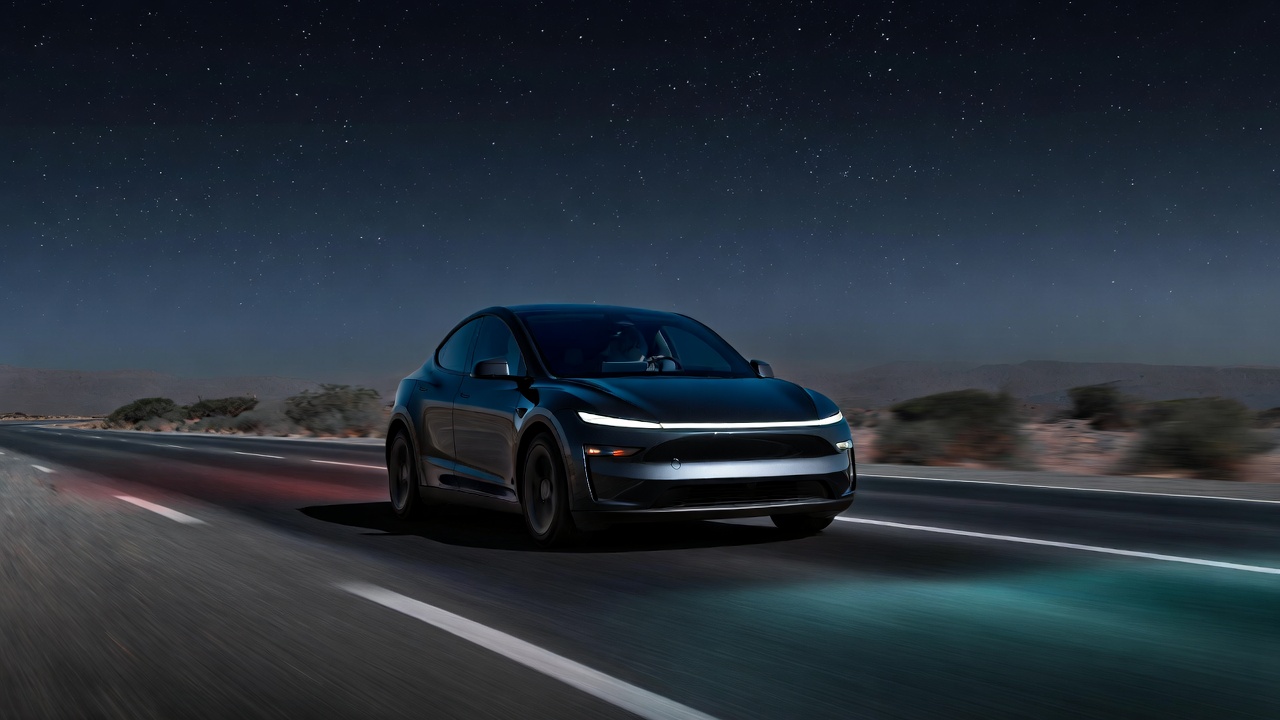
Tesla CEO Elon Musk stated on Monday that Full Self-Driving (Supervised) could launch in the United Arab Emirates (UAE) as soon as January 2026.
Provided that Musk’s timeframe proves accurate, FSD would be able to start saturating the Middle East, starting with the UAE, next year.
Musk’s estimate
In a post on X, UAE-based political analyst Ahmed Sharif Al Amiri asked Musk when FSD would arrive in the country, quoting an earlier post where the CEO encouraged users to try out FSD for themselves. Musk responded directly to the analyst’s inquiry.
“Hopefully, next month,” Musk wrote. The exchange attracted a lot of attention, with numerous X users sharing their excitement at the idea of FSD being brought to a new country. FSD (Supervised), after all, would likely allow hands-off highway driving, urban navigation, and parking under driver oversight in traffic-heavy cities such as Dubai and Abu Dhabi.
Musk’s comments about FSD’s arrival in the UAE were posted following his visit to the Middle Eastern country. Over the weekend, images were shared online of Musk meeting with UAE Defense Minister, Deputy Prime Minister, and Dubai Crown Prince HH Sheikh Hamdan bin Mohammed. Musk also posted a supportive message about the country, posting “UAE rocks!” on X.
FSD recognition
FSD has been getting quite a lot of support from foreign media outlets. FSD (Supervised) earned high marks from Germany’s largest car magazine, Auto Bild, during a test in Berlin’s challenging urban environment. The demonstration highlighted the system’s ability to handle dense traffic, construction sites, pedestrian crossings, and narrow streets with smooth, confident decision-making.
Journalist Robin Hornig was particularly struck by FSD’s superior perception and tireless attention, stating: “Tesla FSD Supervised sees more than I do. It doesn’t get distracted and never gets tired. I like to think I’m a good driver, but I can’t match this system’s all-around vision. It’s at its best when both work together: my experience and the Tesla’s constant attention.” Only one intervention was needed when the system misread a route, showcasing its maturity while relying on vision-only sensors and over-the-air learning.
News
Tesla quietly flexes FSD’s reliability amid Waymo blackout in San Francisco
“Tesla Robotaxis were unaffected by the SF power outage,” Musk wrote in his post.
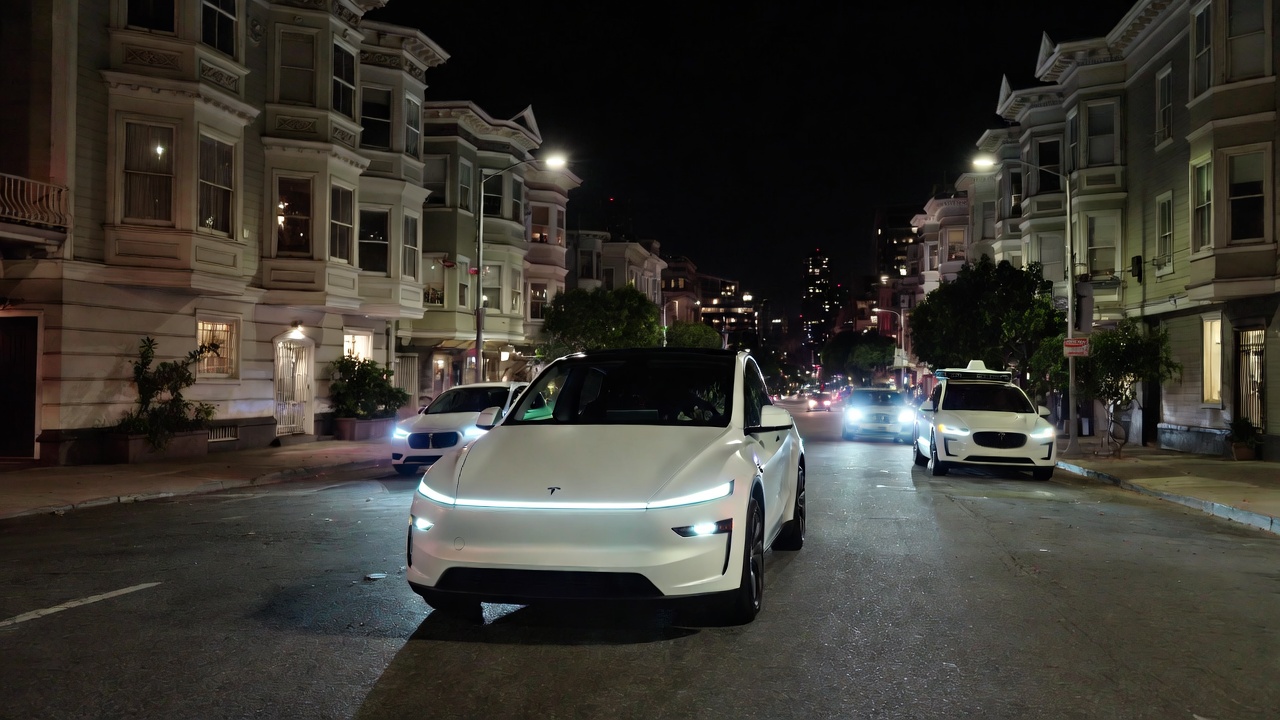
Tesla highlighted its Full Self-Driving (Supervised) system’s robustness this week by sharing dashcam footage of a vehicle in FSD navigating pitch-black San Francisco streets during the city’s widespread power outage.
While Waymo’s robotaxis stalled and caused traffic jams, Tesla’s vision-only approach kept operating seamlessly without remote intervention. Elon Musk amplified the clip, highlighting the contrast between the two systems.
Tesla FSD handles total darkness
The @Tesla_AI account posted a video from a Model Y operating on FSD during San Francisco’s blackout. As could be seen in the video, streetlights, traffic signals, and surrounding illumination were completely out, but the vehicle drove confidently and cautiously, just like a proficient human driver.
Musk reposted the clip, adding context to reports of Waymo vehicles struggling in the same conditions. “Tesla Robotaxis were unaffected by the SF power outage,” Musk wrote in his post.
Musk and the Tesla AI team’s posts highlight the idea that FSD operates a lot like any experienced human driver. Since the system does not rely on a variety of sensors and a complicated symphony of factors, vehicles could technically navigate challenging circumstances as they emerge. This definitely seemed to be the case in San Francisco.
Waymo’s blackout struggles
Waymo faced scrutiny after multiple self-driving Jaguar I-PACE taxis stopped functioning during the blackout, blocking lanes, causing traffic jams, and requiring manual retrieval. Videos shared during the power outage showed fleets of Waymo vehicles just stopping in the middle of the road, seemingly confused about what to do when the lights go out.
In a comment, Waymo stated that its vehicles treat nonfunctional signals as four-way stops, but “the sheer scale of the outage led to instances where vehicles remained stationary longer than usual to confirm the state of the affected intersections. This contributed to traffic friction during the height of the congestion.”
A company spokesperson also shared some thoughts about the incidents. “Yesterday’s power outage was a widespread event that caused gridlock across San Francisco, with non-functioning traffic signals and transit disruptions. While the failure of the utility infrastructure was significant, we are committed to ensuring our technology adjusts to traffic flow during such events,” the Waymo spokesperson stated, adding that it is “focused on rapidly integrating the lessons learned from this event, and are committed to earning and maintaining the trust of the communities we serve every day.”








